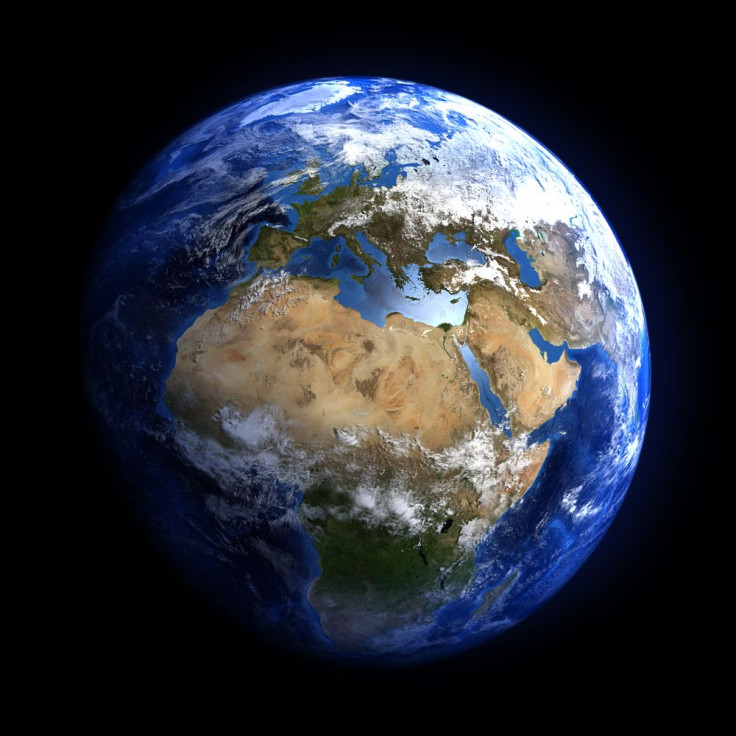Earth Overshoot Day 2015: Our Natural Resources Budget Has Already Been Depleted, Putting All Of Us At Risk Of Hunger

Today, Aug. 13th, marks Earth Overshoot Day, also known as the day when humanity's annual demand for goods and services officially exceeds what the planet is able to regenerate. That’s six days earlier than it was last year and four months earlier than it was in 1987. According to the opinion of many experts, if we keep consuming Earth’s resources at the current rate, food shortages may become a common part of life in as little as 40 years.
Earth Overshoot Day is a concept devised by the British New Economics Foundation as a way to conceptualize the gap between what nature can generate and what it requires to support human activities. It covers our overuse of all Earth’s riches, ranging from natural energy to our renewable resources, but it’s humanity’s drain on our food supply that is particularly worrisome.
Each year the planet’s 7.2 billion people consume 1.5 times what the Earth’s natural resources can continue to provide. According to the World Wildlife Foundation, we are quite literally eating our planet with little signs of letting up anytime soon.
One of the most obvious signs of depleting food sources are the fish shortages much of the world is already experiencing. Millions of people from around the globe depend on fish as both their main source of income and their main source of protein. A 2010 study found that over the past 118 years of industrial fishing, the productivity of European fisheries has reduced by 94 percent. According to the European Commission in 2009, an estimated 75 percent of all fish stocks were overfished, Reuters reported.
However, we aren’t just depleting the sea of our precious food supplies, we’re also draining the land. A major problem in modern large-scale farming is topsoil depletion. Soil is a living material made up of microscopic organisms that give nutrients to crops. These microbes need carbon to live. Too much farming as well, over-manipulating the land through over-ploughing or misusing certain fertilizers, strips soil of carbon without putting enough of it back. In 2012, Time reported we have only an estimated 60 years of topsoil left based on current rates of soil degradation.
Soil degradation can have some very serious effects on human food supplies, too. In the next 20 to 50 years growing Earth populations will require farmers to produce 50 percent more food, but degraded soil means that realistically they will actually be growing 30 percent less food.
Although these consequences sound bleak, there is a way to reverse the effects before they reach an apocalyptic level: sustainable agriculture. This involves us not harvesting more food from the Earth than we need and replenishing what we do take. It is an ecological way to feed the planet and could very well be the difference between whether or not there will be enough food around for us in the future.



























